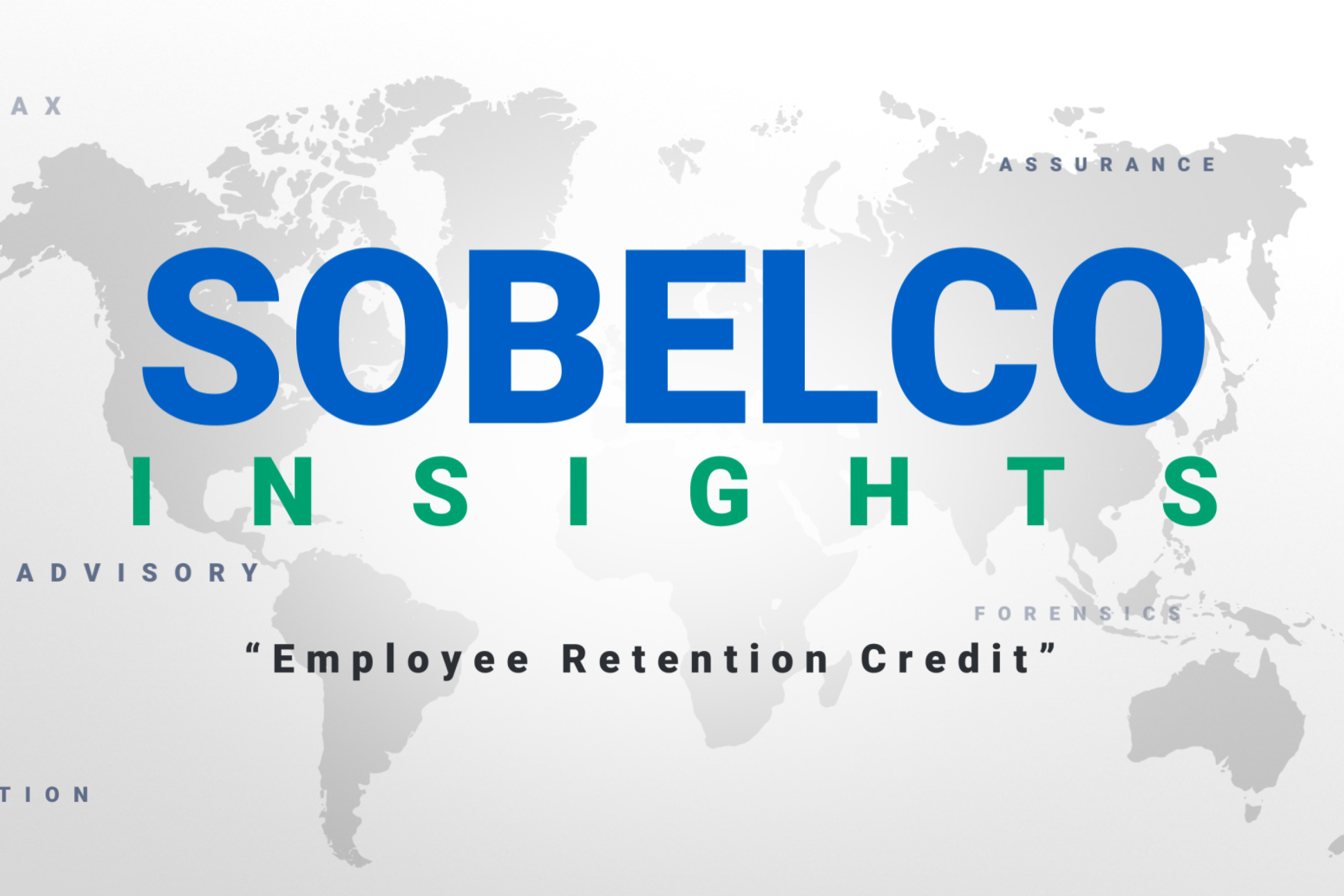
Background on the Program
As part of the Coronavirus Aid, Relief, and Economic Security Act (the “CARES Act”) that was signed into law on March 27, 2020, the Federal Reserve Bank (the “Fed”) is authorized to fund two new loan programs totaling $600 billion in an effort to provide liquidity to mid-sized businesses. All funding for these two loan programs are in addition to any funding available to, or acquired under, the Paycheck Protection Program (“PPP”) and Economic Injury Disaster Loan (“EIDL”) programs administered by the Small Business Administration (“SBA”).
Main Street New Loan Facility (“MSNLF”)
As its name suggests, the MSNLF applies to new loans.Under the MSNLF, an eligible borrower can borrow up to the lesser of (a) $25 million and (b) an amount that, when added to the eligible borrower’s existing outstanding and committed but undrawn debt, does not exceed four times the borrower’s 2019 book-basis (1) earnings before interest, taxes, depreciation, and amortization (“EBITDA”).
The minimum amount available under an MSNLF facility is $1.0 million.
Key Terms, Provisions, and Scorecard Items
Eligible borrowers are businesses with up to 10,000 employees or up to $2.5 billion in 2019 annual revenues.The borrowers must be business created or organized in the USA or under the laws of the USA, with significant operations and the majority of its employees in the USA.
Eligible loansmust be unsecured term loans originated on or after April 8, 2020 by an eligible lender to an eligible borrower.The loans must have a four-year maturity with principal and interest payments deferred for one year from the date of loan origination and with no prepayment penalties.All loans under the program will bear interest at an adjustable rate pegged to the Secured Overnight Financing Rate (“SOFR”) plus 250 BPS – 400 BPS.The SOFR is the overnight inter-bank lending rate that is expected to replace the more commonly known London Inter-Bank Offered Rate (“LIBOR”) in the coming years.
Commitment Fees on the MSNLF facilities will be 100 BPS paid by the borrower directly to the lender.Additionally, the borrower may be responsible for an additional commitment fee of 100 BPS that is charged by the Federal Reserve Bank investment vehicle that is purchasing portions of these loans from the commercial lenders.The Cares Act permits the commercial lender to pass through that 100 BPS fee directly to the borrower (2).
Uses of Funds under the MSNLF are stringent and include provisions, which to this point are not all fully defined, to include the following:
- Proceeds from the MSNLF may not be used to repay or refinance existing loans or lines of credit
- With the exception of principal payments due on the MSNLF, borrowers may not repay other debt of equal or lower priority unless the MSNLF is paid in full (3). Lenders may not cancel or reduce existing lines of credit already provided to the borrower
- Borrowers must commit to make “reasonable efforts” to maintain payroll and retain workers (4)
- Additional provisions concerning stock repurchases, dividends and other capital distributions on common stock (5), and executive and highly compensated employee (“HCE”) payroll limits (6).
Items for Consideration When Exploring the MSNLF Program
(1)Book-basis EBITDA is generally assumed to be the definitional calculation.This calculation does not allow for any adjusted, re-cast, or pro-forma adjustments that are frequently found in investment banking, corporate finance, or similar applications.
(2)Any entity considering an MSNLF facility should assume that commitment fees under the program will equal 200 BPS unless the commercial lender specifically waives the provision that would allow them to pass-through the secondary fee, which would seem unlikely.These “sunk cost” type fees can be significant based upon the size of the facility.
(3)The priority of debt payments under the MSNLF is key to the ability to make the program work for the business.Prior to accepting any MSNLF, a full and open dialogue must be had with existing lenders (including the MSNLF lender and any other outside lenders) as to their payment priority.The wording suggests that MSNLF funds cannot be used to pay other lenders, retire any other senior debt, or refinance existing debt, which is highlighted throughout the FAQ that was released by the Fed on April 16, 2020.The ability to repay other existing lenders from operating cash flows and satisfy the MSNLF agreed-upon amortization is key.
(4)The phrase “reasonable efforts” is, as yet, undefined and open to significant interpretation.
(5)The current understanding of the MSNLF includes a provision that borrowers who receive loans cannot pay dividends or other capital distributions on common stock for the life of the loan, plus one year.While the application of this provision to a public company or large C-Corporation is straightforward, for pass-through entities such as S-Corporations and Partnerships, the provision could be far more dangerous as those types of closely-held entities typically use a return of equity mechanism to provide funds for the Partners/Members/S-Corporation Shareholders to pay their individual income taxes on the flow-through profits of the Company.
(6)For companies that receive loans, officers and employees who received more than $425,000 in compensation in 2019 cannot receive more than their 2019 compensation during any 12-consecutive-month period and cannot receive severance pay of more than twice their 2019 compensation. Officers and employees who received more than $3 million in 2019 cannot receive more than $3 million plus 50 percent of their excess compensation over $3 million.
This provision, when combined with (5), further complicates the distribution of funds to Partners/Members/S-Corporation Shareholders who will require liquidity in order to pay their individual income taxes.These two provisions must further be compared to any tax payment provisions in operating and shareholder agreements to ensure that a desired and equitable outcome can be reached in the event that a Company accepts an MSNLF.


